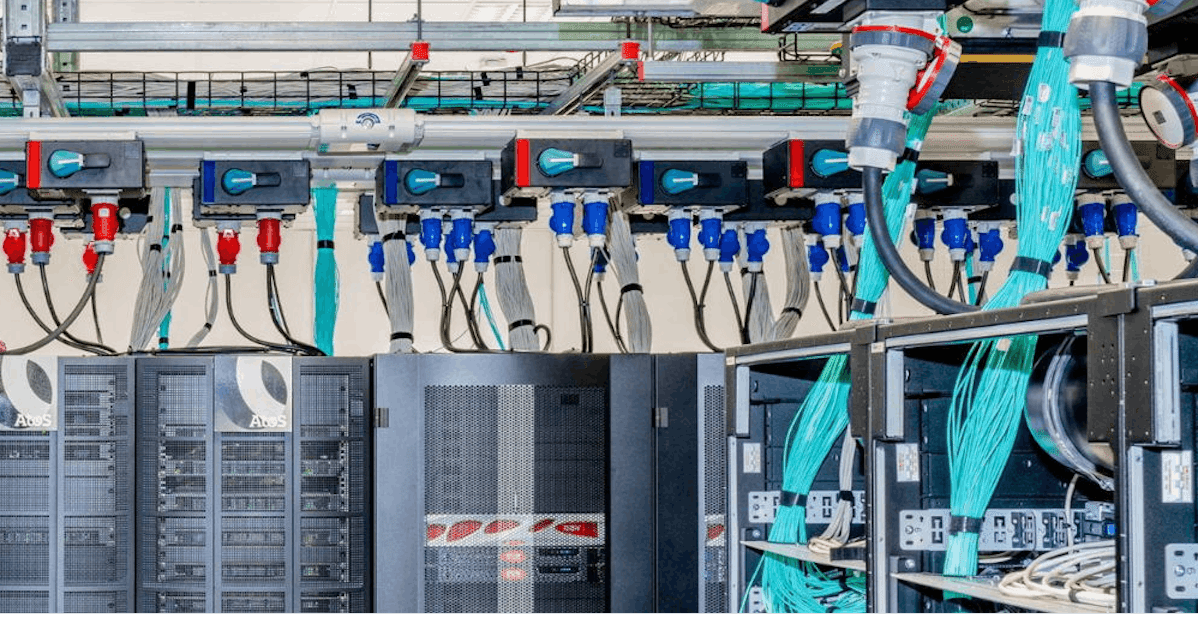Artificial intelligence is an emerging source of productivity and economic growth that’s also reshaping employment and investment, according to the International Monetary Fund (IMF) Blog on Tuesday.
AI has the potential to raise the average pace of annual global economic growth, according to scenarios in our recent analysis, included in the IMF’s April 2025 World Economic Outlook.
AI, however, needs more and more electricity for the data centers that make it possible. The resulting strain on power grids has major implications for global electricity demand.
The world’s data centers consumed as much as 500 terawatt-hours of electricity in 2023, according to the most recent full-year estimate by the Organization of the Petroleum Exporting Countries. That total, which was more than double the annual levels from 2015-19, could triple to 1,500 terawatt-hours by 2030, OPEC projects.
As the Chart of the Week shows, electricity used by data centers alone, already as much as that of Germany or France, would by 2030 be comparable to that of India, the third world’s largest electricity user. This would also leapfrog over the projected consumption by electric vehicles, using 1.5 times as much power than EVs by the decade’s end.

Data center energy consumption is growing fastest in the United States, home to the world’s largest concentration of centers. Power needed for US server farms is likely to more than triple, exceeding 600 terawatt-hours by 2030, according to a medium-demand scenario projection by McKinsey & Co.
The boom in building new warehouses for data stored in the cloud and answering AI queries underscores the urgency for policymakers, who need effective energy strategies to ensure adequate supplies can meet surging demands.
Increasing electricity demand from the technology sector will stimulate overall supply, which, if responsive enough, will lead to only a small increase in power prices. More sluggish supply responses, however, will spur much steeper cost increases that hurt consumers and businesses and possibly curb growth of the AI industry itself.
Under current energy policies, the AI-driven rise in electricity demand could add 1.7 gigatons in global greenhouse gas emissions between 2025 and 2030, about as much as Italy’s energy-related emissions over a five-year period.
Demand for computing and electricity from AI platforms is subject to wide uncertainty. Efficient, open-source AI models like DeepSeek lower computing costs and electricity demand. However, reduced costs increase AI usage, and more energy-intensive reasoning models raise electricity demand.
The net effect on electricity demand is still uncertain, which may delay energy investments, causing higher prices. Policymakers and businesses must work together to ensure AI achieves its full potential while minimizing costs. Implementing policies that incentivize multiple energy sources can enhance electricity supply, help mitigate price surges, and contain emissions. Enditem
Share Us



